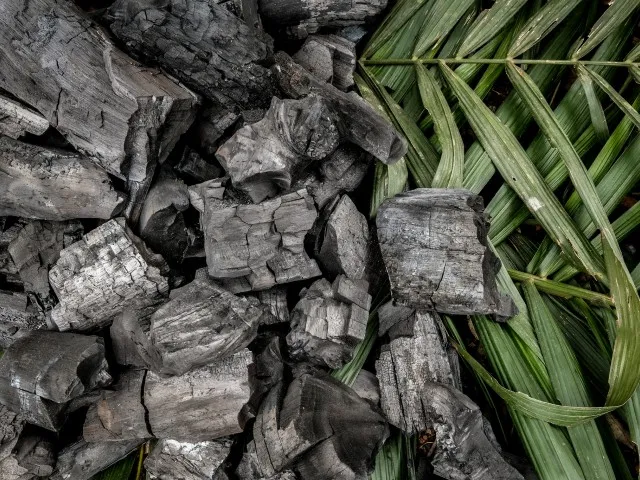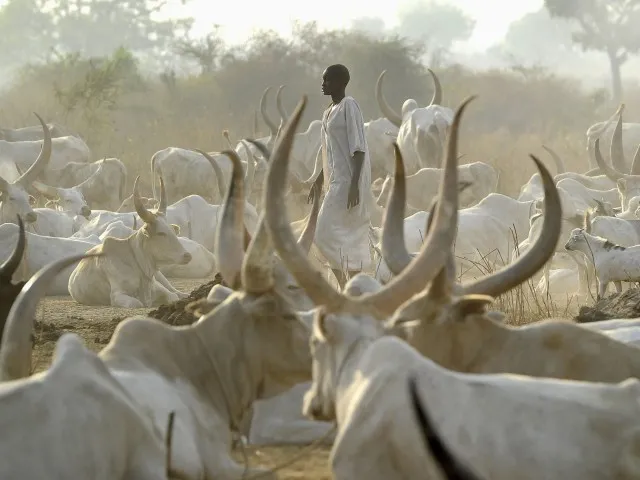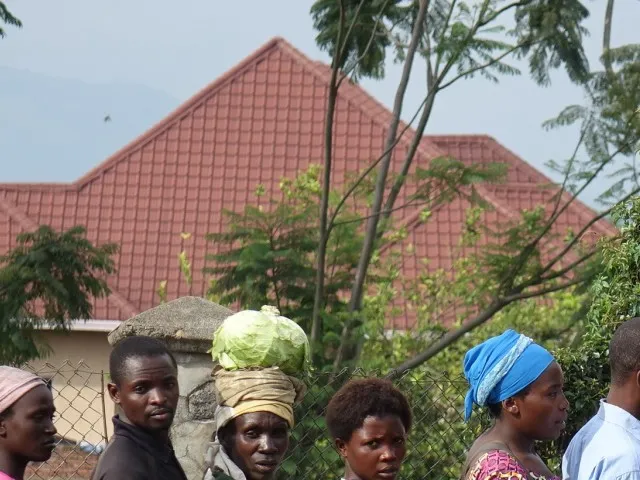Who we are
The EIF partnership of 51 countries, 26 donors and eight partner agencies works closely with governments, development organizations and civil society to assist least developed countries (LDCs) use trade as an engine for development and poverty reduction.
Together, we leverage our collective know-how, reach and reputation to tackle the trade constraints of the world's poorest countries.
The EIF programme is supported by:
- a Geneva-based Steering Committee that advises EIF stakeholders and serves as a forum for transparency and information exchange, and comprised of all LDC partners, all EIF Donors and EIF Agencies;
- a Board that serves as the key decision-making body, with strategic, operational and financial oversight, and comprised of three capital-based LDC representatives, three EIF Donor representatives and members from EIF Agencies; and
- a Multi-Donor Trust Fund managed by the United Nations Office for Project Services (UNOPS) as the EIF Trust Fund Manager.
EIF’s unique contribution
Investing in trade for development
Encouraging country ownership
Acting as an honest broker
Financing at scale
Working in vulnerable economies
Exchanging knowledge and innovation
Working alongside countries as they graduate, we develop frameworks to open up new horizons of diversification, creating employment and sustainable growth towards greater resilience with broader social and economic inclusion through global trade.




